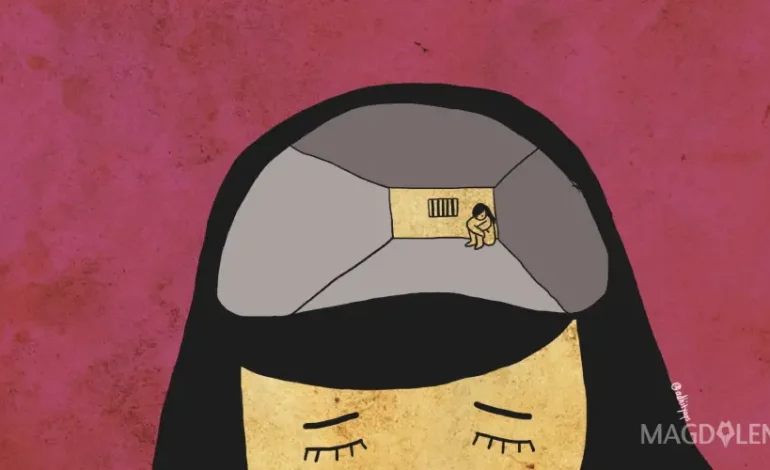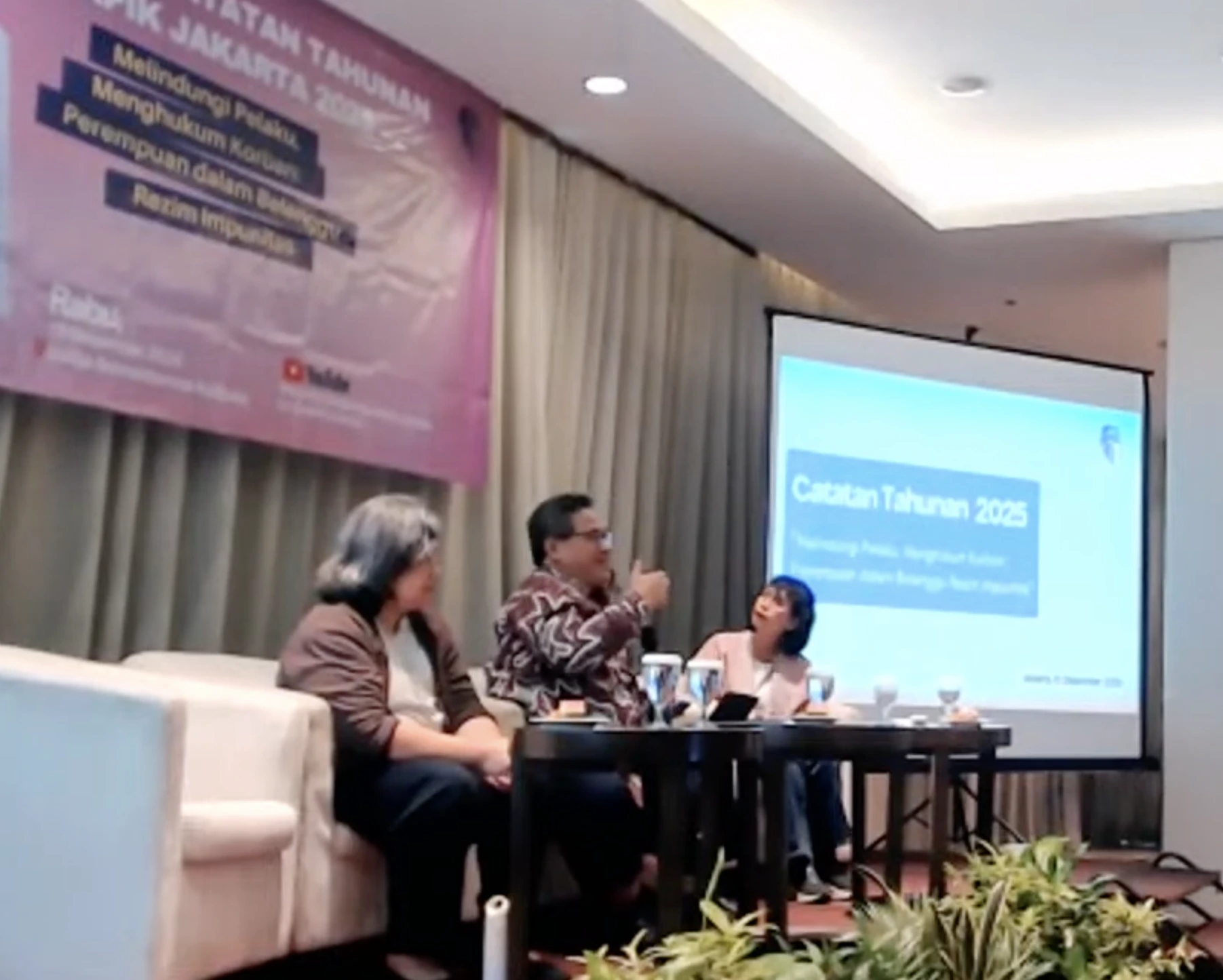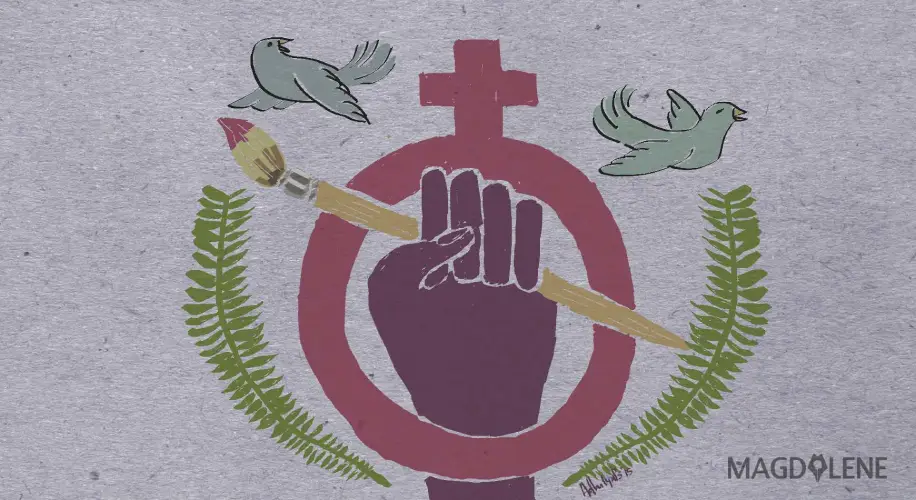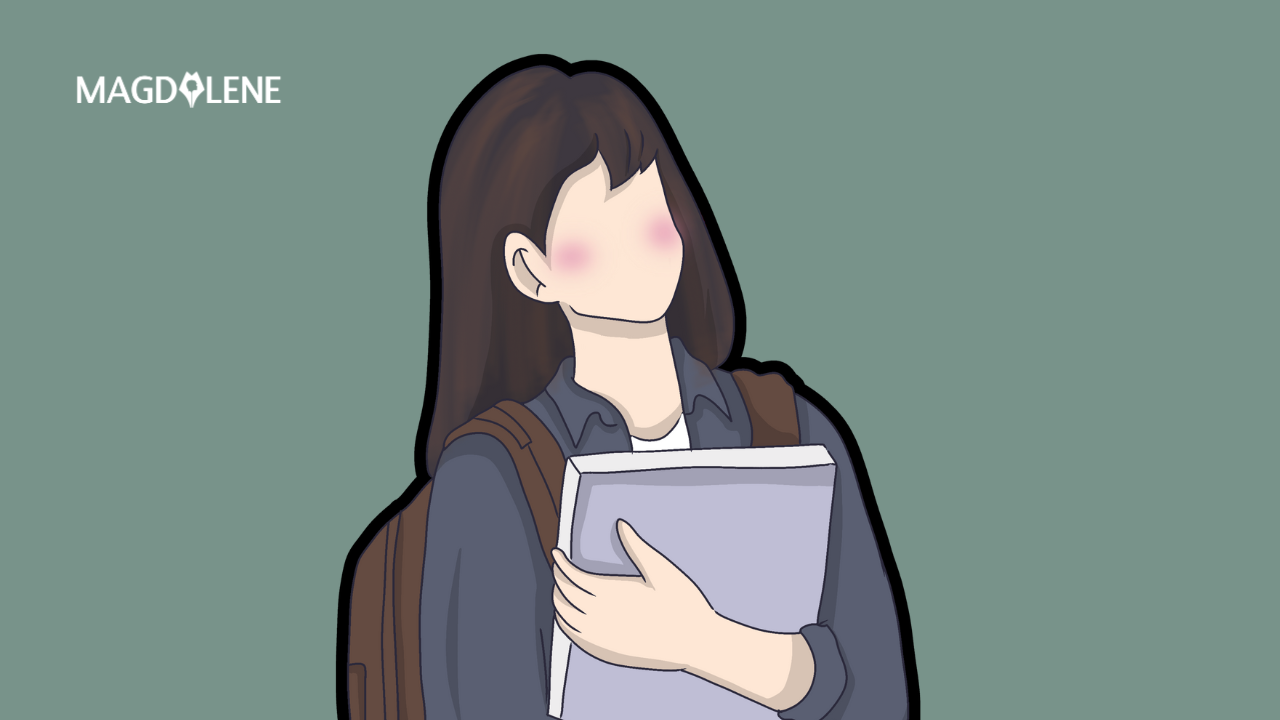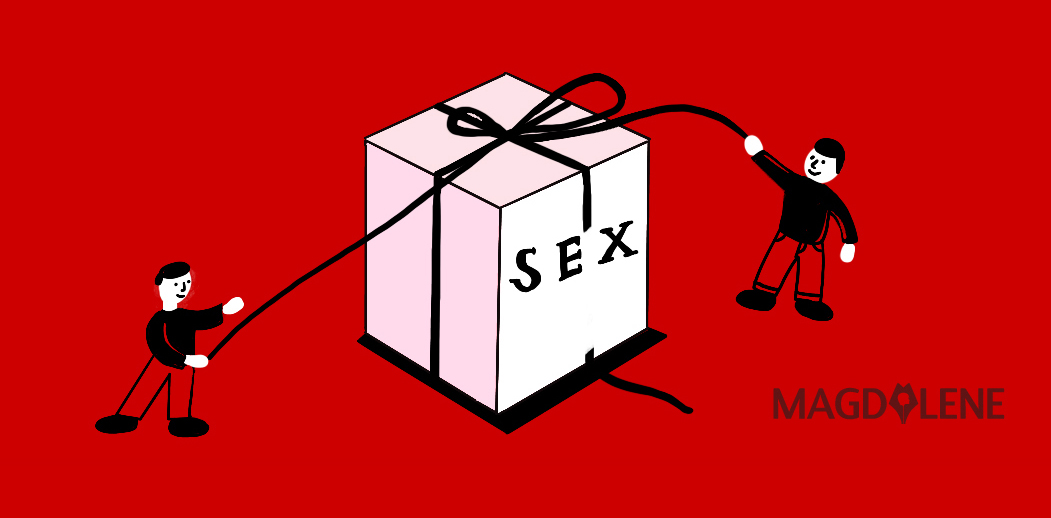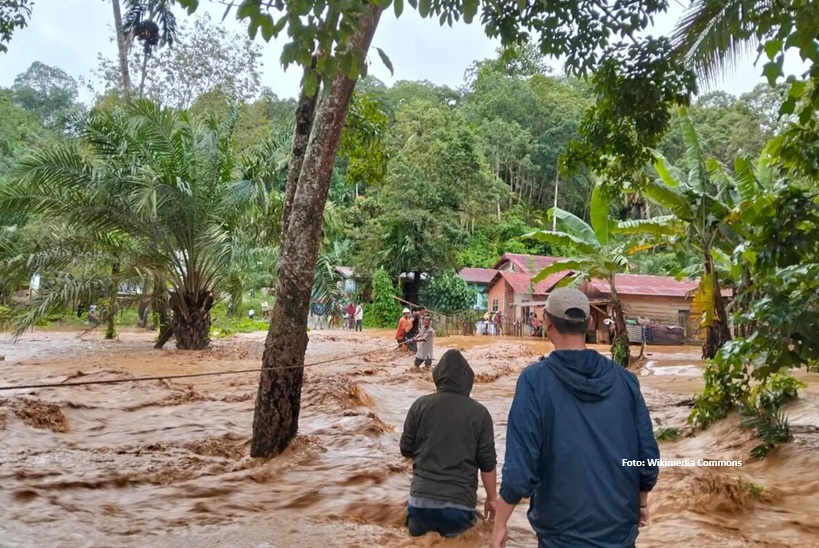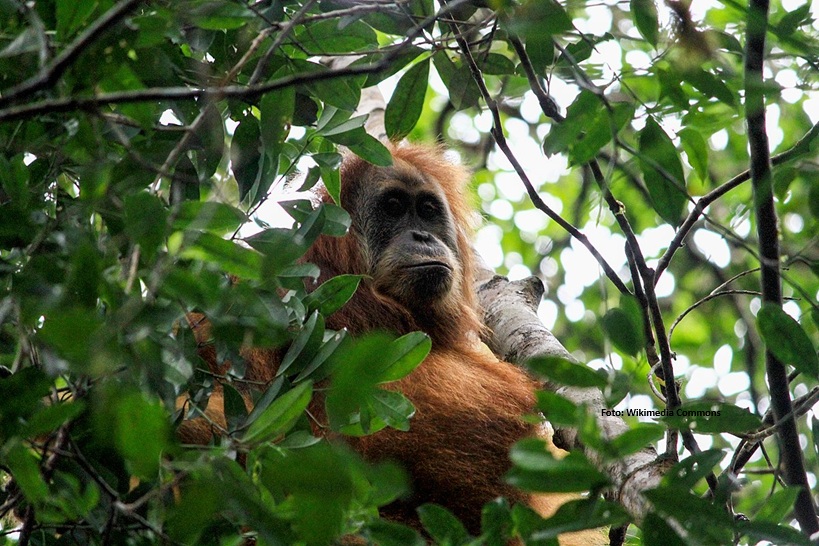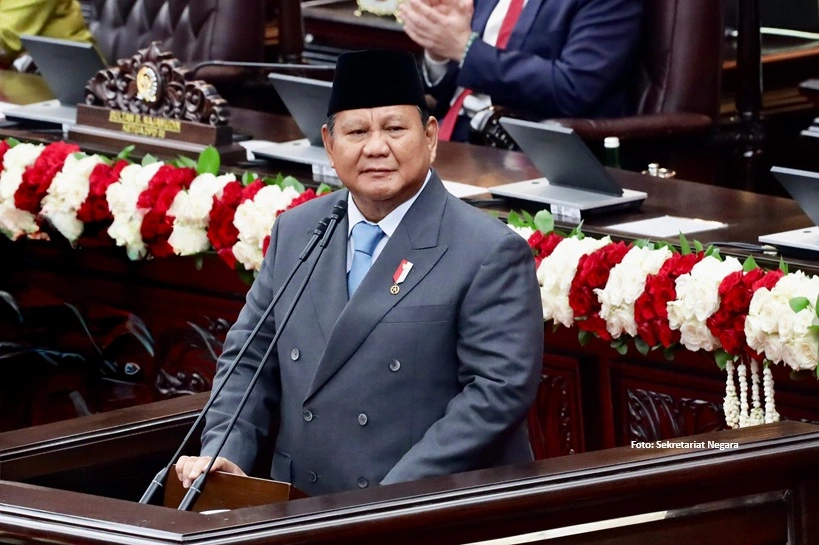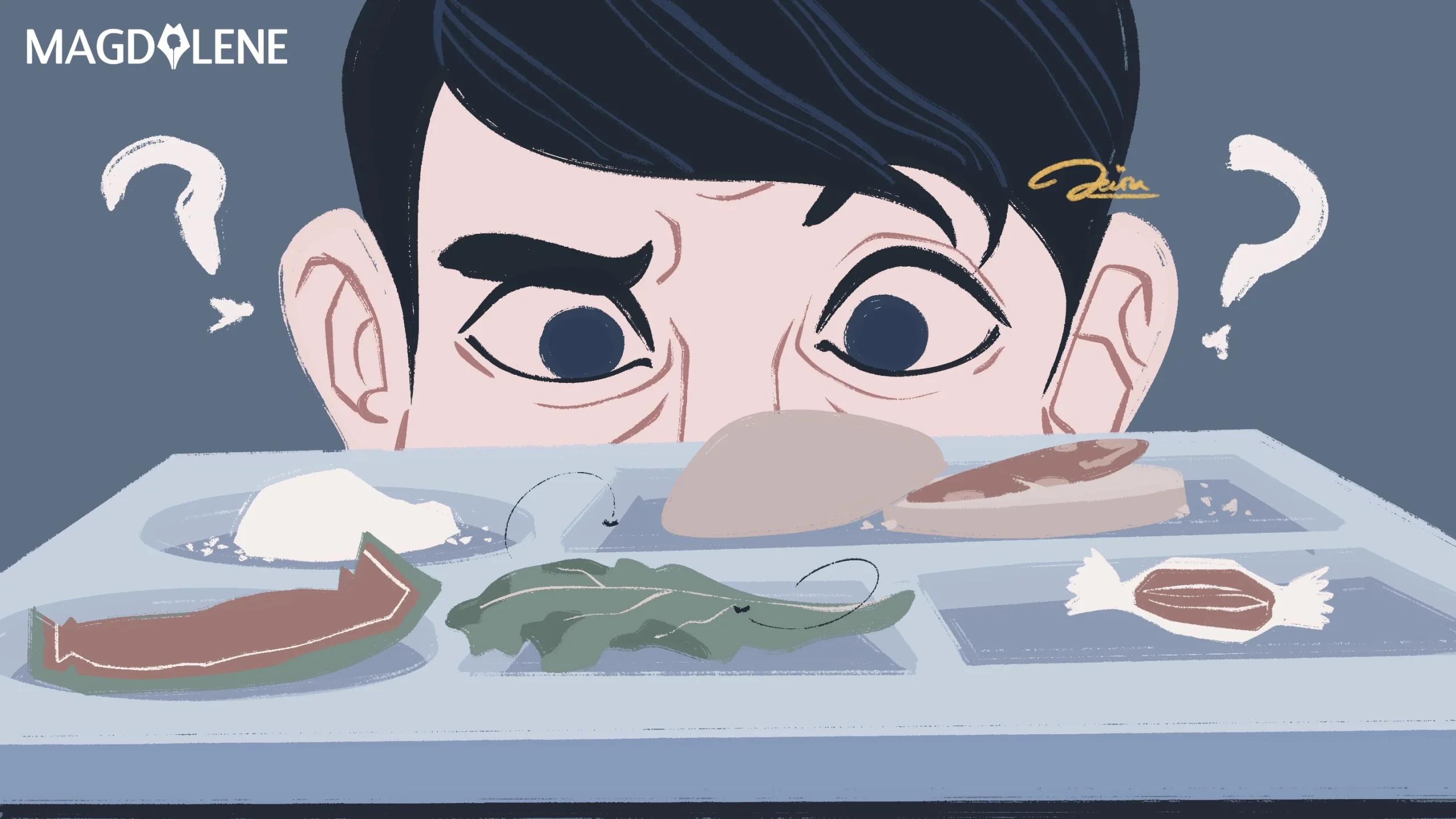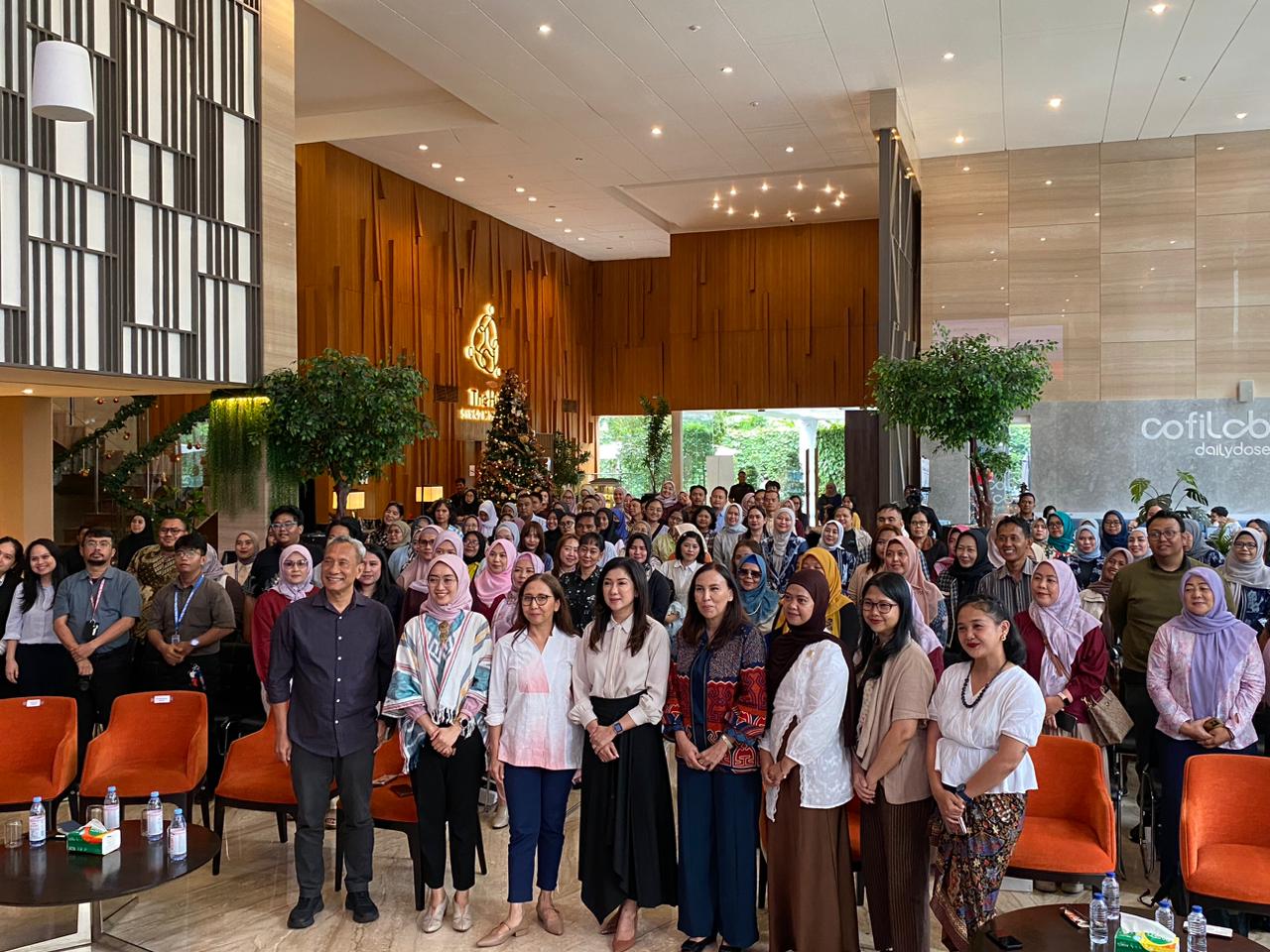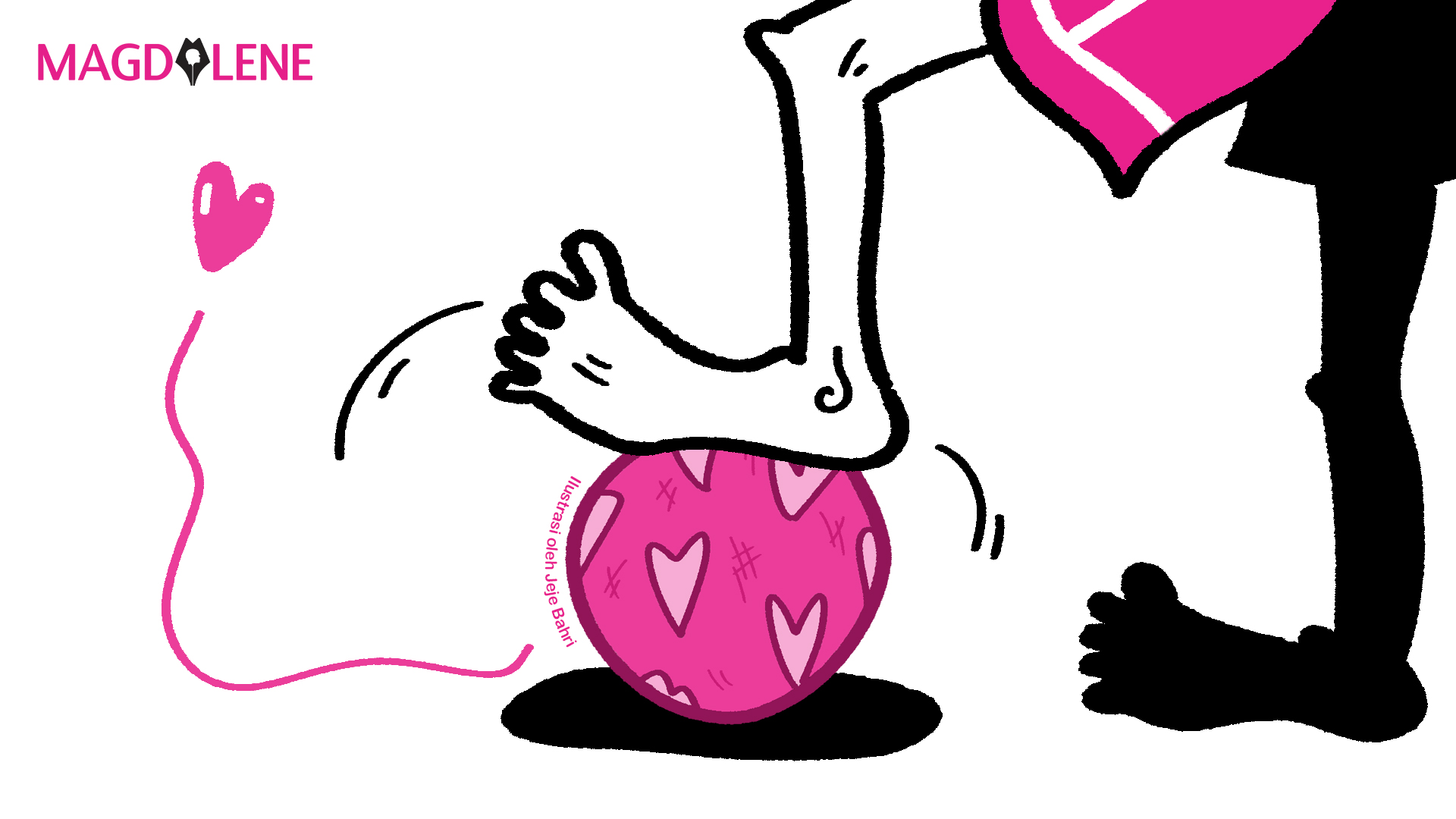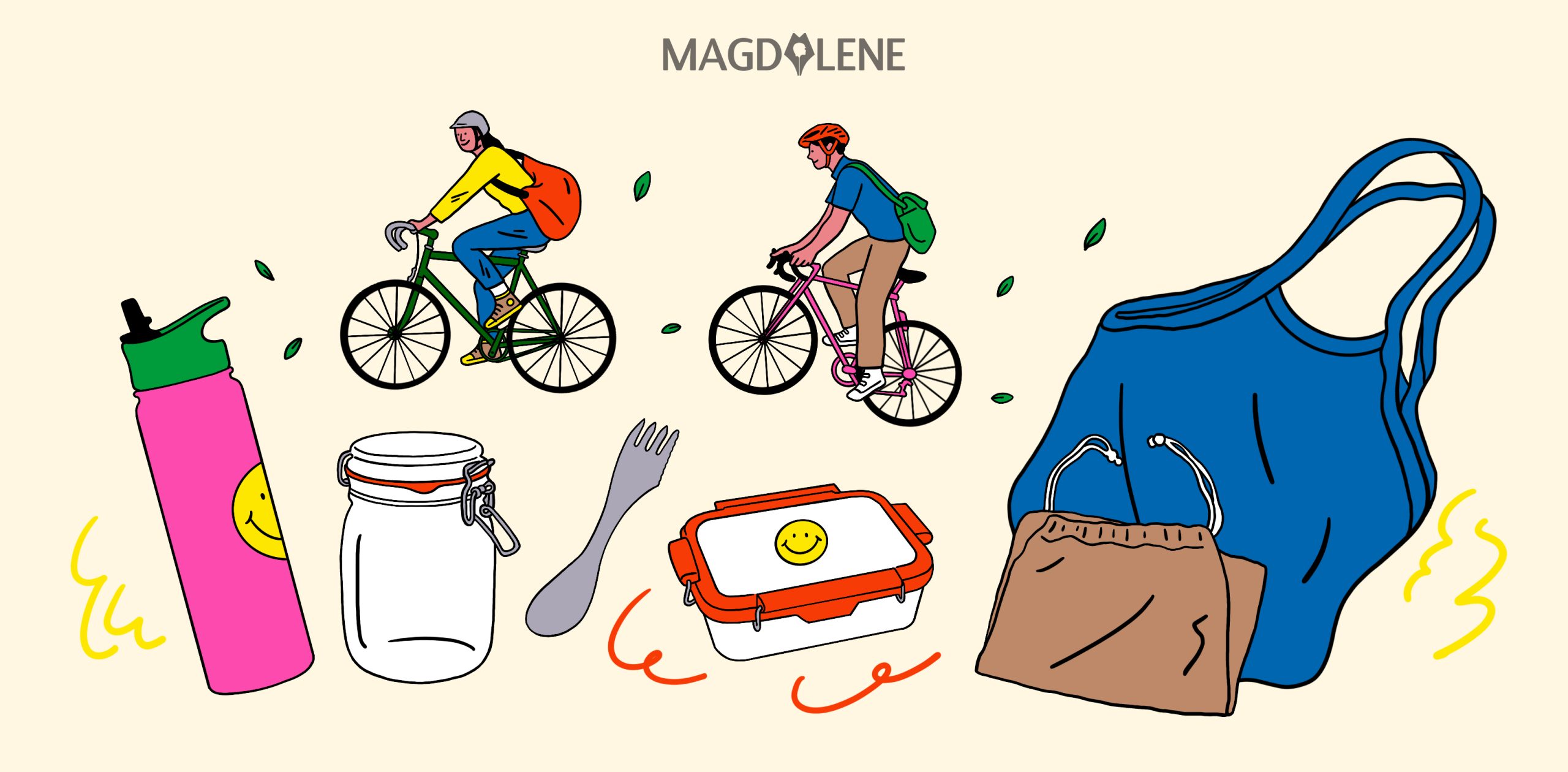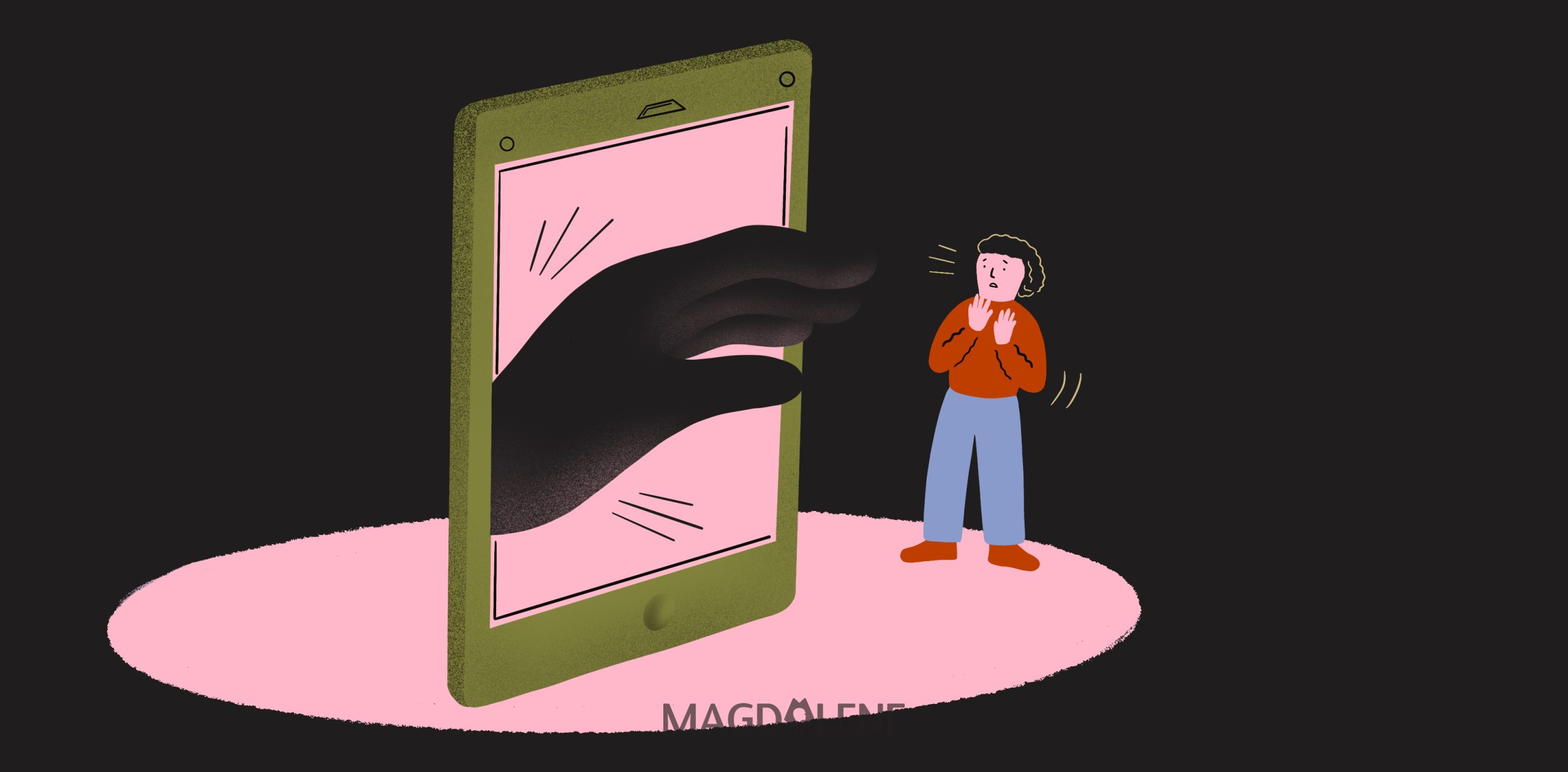Sexuality and A Girl’s Bits and Pieces

Pingping. My mother named it pingping.
It had to be cleaned at least twice a day, otherwise, my mother would get mad. When I was very young, she would wash it for me, then at around age 7, I was given full custody.
I took the task very seriously. It was the first thing I did in the morning and the last one before bed.
I also guarded it. Nobody else was allowed to touch pingping, if someone did or attempted to, I had to report them to my mother.
One day, I saw a television ad for a restaurant called “Pingping’s Lechon.” I froze, brows furrowed in disgust, as images rolled inside my head. I also remembered my grandfather who raised pigs and sold lechon (roasted pork) in Bulacan.
I ran to my mother, whispering pingping in between gasps. They sell pig’s pingping? People eat that? She laughed and continued making lunch. I stood beside her, pulling her duster, waiting for explanations.
Later that day, I was told to start calling it “vagina” instead of pingping. Pronouncing the latter was easier for me; the new word felt foreign, intimidating, and dramatic. Pingping sounded fun and cute.
Pingping was only a codename between mommy and me, I learned. And no, Pingping’s Lechon was not what I thought it was.
What is it called in Filipino? Pekpek, puki, kiki, my mother answered with a straight face. New vocabulary to memorize, I thought.
I laughed and found the words funny and icky, but mother told me nothing was funny or disgusting about a woman’s body.
Pingping was never again mentioned at home. The sound of it though – a cross between soft buzzers and a dribbling ball – will always remind me of my girlhood and my mother.
Bird
In primary school, I never heard pekpek, puki, or kiki.
All subjects were taught in English except for Filipino class. In science classes, we learned about anatomy, personal hygiene, and health.
The first thing I learned about reproduction was that it involved the egg and the sperm. How? This was one of the more difficult exam questions. Most of us memorized terms like fallopian tube, fertilization, XX, and XY.
We could explain the “science” of how babies are made, but had no clear idea what “sex” was.
The Internet wasn’t big yet that time, but I had my dictionary. I looked up “sex” and learned that sexual intercourse meant inserting the penis into the vagina. I also had to look up what “penis” was since teachers referred to it as the “bird.”
Unlike my mother, teachers feared the vagina and only referred to it as the “female sex organ.”
That time, school buses were uncommon in my town; instead, kids rode tricycles hired by parents. I shared a tricycle with two older students and heard them gossiping about a boy who was fond of “jakol.”
Upon arriving home, I asked my older brother what that meant, and was told that it was an activity in which boys played with their birds. Never watch or participate, he said.
Boys are so dirty, I thought. I could not imagine girls playing with their vaginas, how gross. Oh, how wrong I was.
Nipples, blood
At primary school, we wore yellow blouses and short neckties. I was a small kid, thin and pale, who sank in uniforms.
At age 10, a classmate casually told me that my “utong” (nipples) were visible. I blushed. My friend advised me to wear a bra just like hers. For the rest of the day, I tried to cover my chest with my necktie. This strategy, however, only worked for one nipple.
At home, I told my mother about the incident. I was flat-chested, we both knew, but the next day I started sporting a “baby bra.” It was basically a sando with thicker sections along the breast.
At the beginning of school, only around 5 girls wore bras; by the end of the year, almost everyone had them. Only the “late bloomers,” as my kind was called, wore baby bras. Meanwhile, the “bigger” girls seemed to be having fun pulling each other’s bra straps. We late bloomers could not join their game.
My mother bought my first “official bra” only in high school. By then, bras were no longer toys.
Still, not much has changed in high school. We still had no sexuality education, but by then, my friends and I had a clearer understanding of sex. Or so we thought. When I was a child, my mother would always cover my eyes during “sex scenes.” In high school, my mother wasn’t always there to censor films or books.
In high school, I also had my first period at 13. I used the sanitary napkin my mother kept in my schoolbag since I turned 12. Just in case you’ll need it, she said.
I texted my father, with my big Nokia phone, to come pick me up. I’m sick, I lied.
My mother then explained what the bleeding was about, how sex and pregnancy work, and what contraceptives are. Okay, I understand, I replied. Not all guardians, I later on learned, are able to do the same for their daughters.
Our talk about “the birds and the bees” was clear and simple, however, no one told me about the bees and the bees – I would only learn this several years later.
Not the ribs
By the time I entered college, the country’s Reproductive Health (RH) bill had been pending for over a decade.
It really bothered me why so many Filipinos were against a law that would provide women and men with what should be theirs in the first place – the right to RH care and information.
Some of my friends were against the bill, some were pro, many were indifferent. And in the middle of it all was the Catholic Bishops Conference of the Philippines (CBCP) that did nothing but spur lies about human sexuality. The RH debate pushed me to examine myself better: What do I believe in as a woman, as an advocate of human rights? What were the things I did not learn while growing up?
Pingping, pingping, pingping. The alarm went off in my head.
At the end of sophomore year, I told myself that women did not come from men’s ribs as what the bible preached. And we women should always have autonomy over our anatomy.
I grew up in schools that did not educate the youth enough on RH and sexuality, I grew up in supposedly secular schools which did not separate the bible from textbooks, and I grew up learning more about sex from the television than my own health and science teachers. The younger generations do not have to experience the same.
Later on, I also got over a long stretch of self-homophobia and came out – first to myself, then friends, then family – as a lesbian. The bees and the bees. And so the learning process as a woman continued.
Until today, all of us are still learning more about women. The mouth, the eyes, the hands which society has long tried to shut; the heart, the brain, and the womb viewed as mere body parts either inferior or useful to man.
Hopefully more girls – as well as boys – could better understand, fight for, own and take pride in all their bits and pieces no matter how they or others label them.
This story was previously published in Rappler.com, a Manila-based social news network where stories inspire community engagement and digitally fuelled actions for social change.


